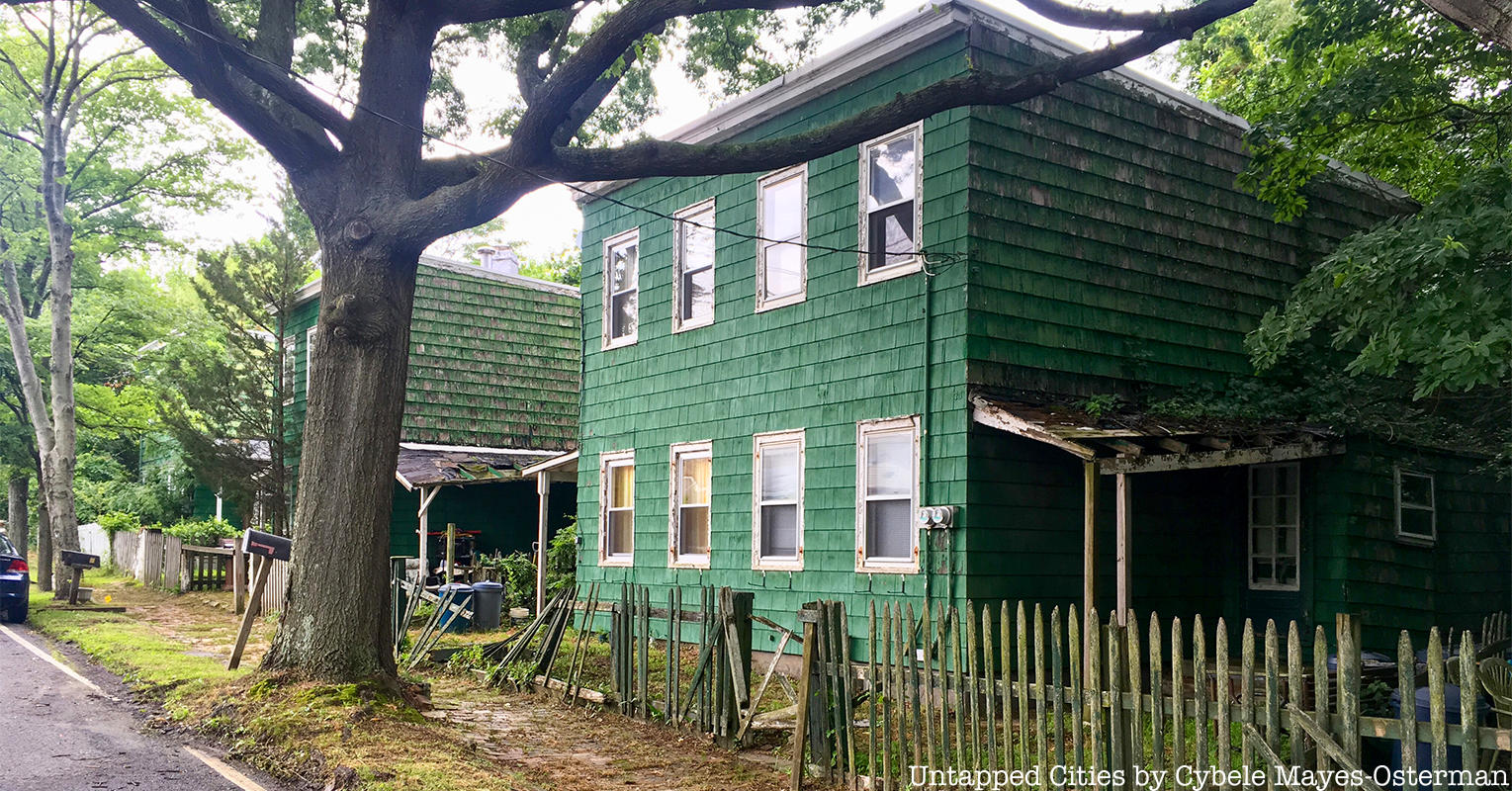What do Greenwich Village, Columbia University, and Astoria have in common? All three contain buildings constructed with yellow brick provided by Kreischerville, an industrial age factory town in Staten Island whose historic remnants are still visible today. Four wooden houses and the brick sidewalk on Kreischer Street, Staten Island, are an official New York City landmark, formally known as as the Kreischerville Workers’ Houses, and were first used to house workers employed in the brick factory.
Brick baron Balthasar Kreischer, a German immigrant, opened his first brick factory on the Lower East Side shortly after his arrival in New York in 1836. At the time, brick making was a popular industrial job for immigrants. As it was less susceptible to fire, brick was increasingly in demand as a construction material. Within ten years, Kreischer had accumulated enough profit to move his company to the less developed far side of Staten Island, the nearby present-day Clay Pit Ponds State Park Reserve, a rich deposit of clay to supply the factory. As the enterprise grew in size and profit, Kreischer began to transform the area into a company town known as Kreischerville.
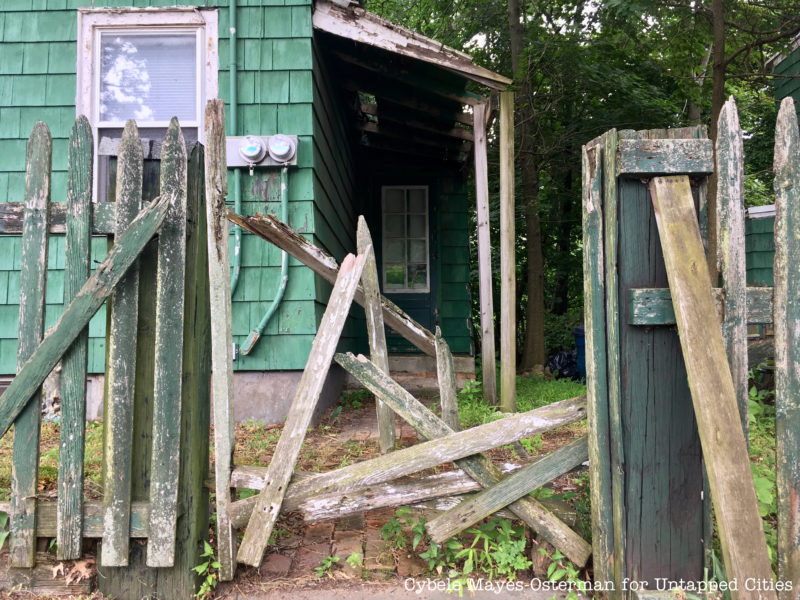
The wooden houses and company-branded bricks that remain on Kreischer Street were constructed around 1890 through collaboration with the Androvettes, a historic family partially responsible for first settling the area way back in the early 18th century, hence the name of “Androvetteville” prior to the adoption of “Kreischerville.” They were built characteristically in the “duplex” style of the time to provide housing for workers employed in Kreischer’s factory.
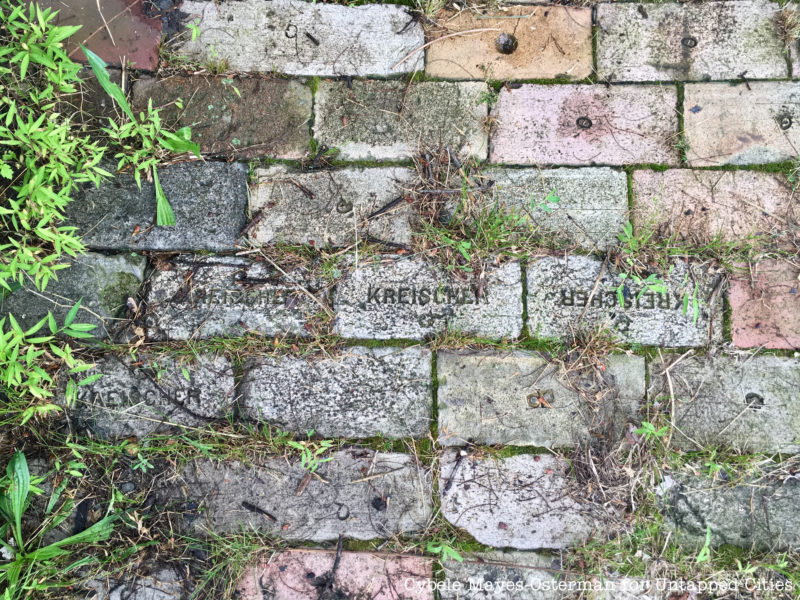 The originally branded Kreischer bricks are still visible on the sidewalk.
The originally branded Kreischer bricks are still visible on the sidewalk.
The laborers living in the Kreischer Street houses could find all their necessities just a few blocks away on Arthur Kill Road: Kreischer’s Post Office, the Free Magyar Reformed Church, and a general store called Killmeyer’s, that would eventually be sold to become Killmeyer’s Old Bavaria Inn, a German-style tavern that still stands and holds the title of the oldest dining establishment on Staten Island.
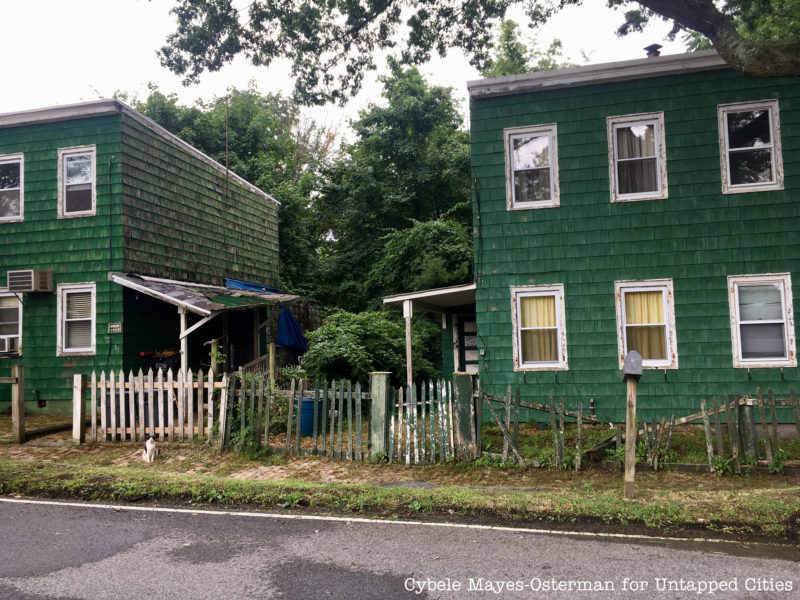
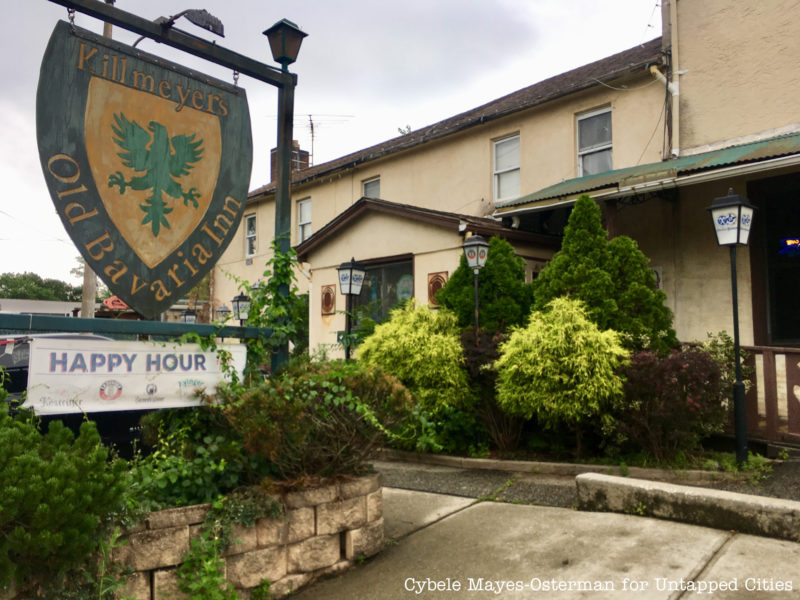
Kreischer apparently considered Kreischerville a tightly-knit community unto itself, with a secure gate running along the border that closed “early in the evening.” His workforce was also made up of mostly German immigrants, whom he assisted in following in his footsteps and applying for legal immigration. Diverging from the company town model of the time, Kreischer also allowed private businesses into the town so that workers could frequent locally owned small businesses. In 1886, the town also established the “Society for the Support of the Poor of St. Peter’s Church”, which worked for the benefit of the injured and impoverished. Captain Peter Androvette launched his own industrial initiatives, including a maritime supply delivery business that operated from a harbor next to Kreischer’s factory. He was so successful that when Kreischer’s factory fizzled into foreclosure in 1899, Androvette took over the brick manufacturing company and merged it with his own enterprises.
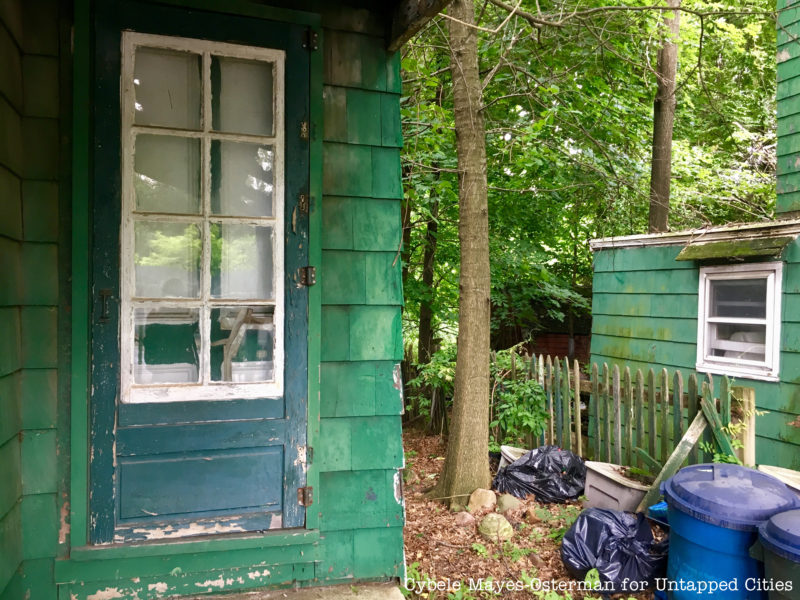
Kreischer and his family occupied three lavish mansions that overlooked the town from a nearby hill: one for him, and two for his sons Edward and Charles, respectively. Charles’ house still stands, and has invoked its fair share of “paranormal” rumors. It has seen the death of the Balthasar, just a year after its construction, and the suicide by gunshot of Edward nine years later. It doesn’t end there—in 2005, the mafia-affiliated Bonanno family employed the mansion’s housekeeper to do a hit job on a former collaborator who hadn’t come through on a loan. The victim was murdered right in the mansion’s fireplace, putting to a sudden halt the owners’ cheery plans to turn the historic landmark into a senior living facility. Today, the “haunted house” remains unsurprisingly uninhabited.
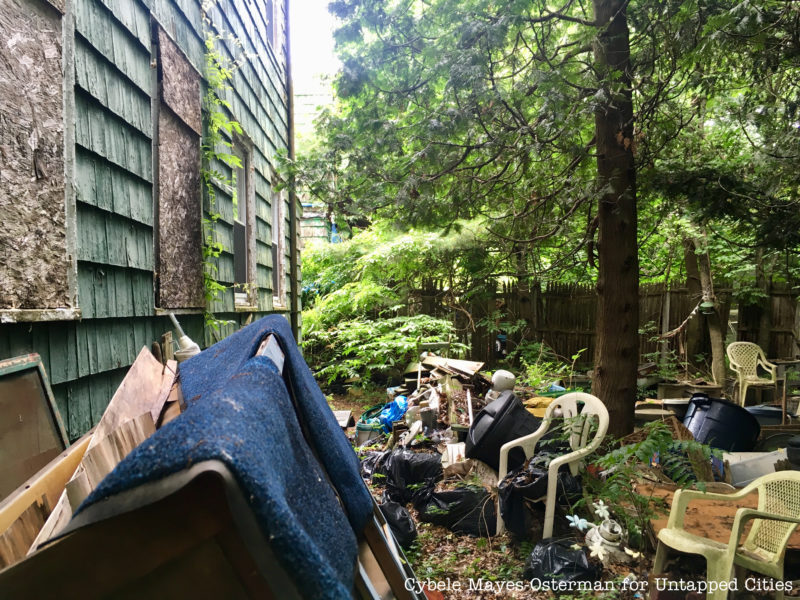
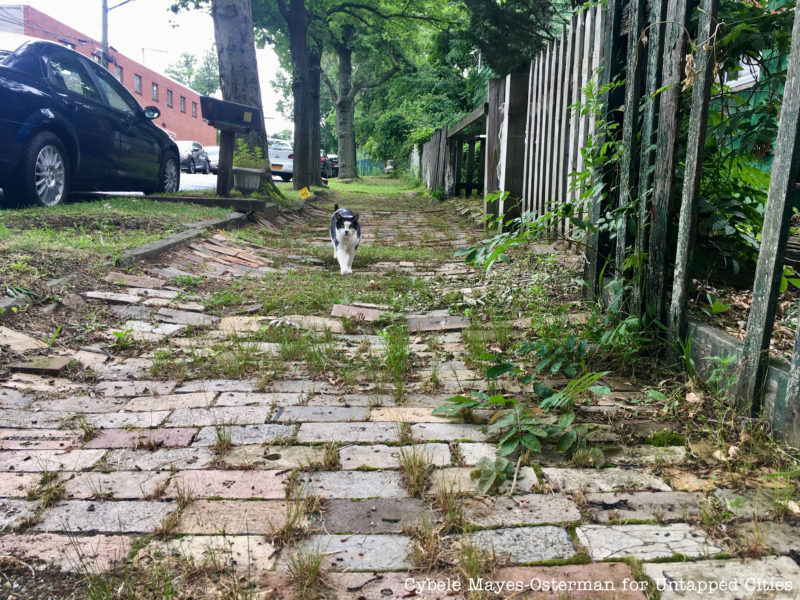
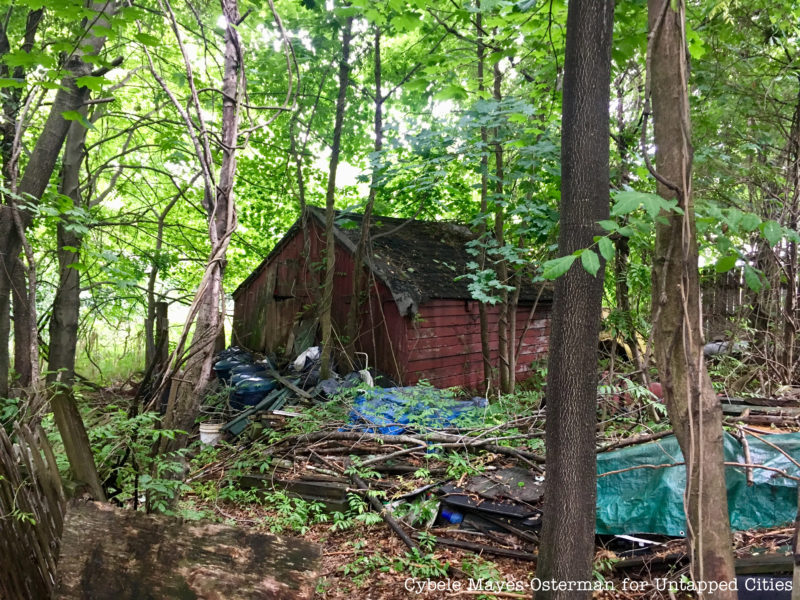 Wooden sheds in the backyard were once outhouses for the inhabitants.
Wooden sheds in the backyard were once outhouses for the inhabitants.

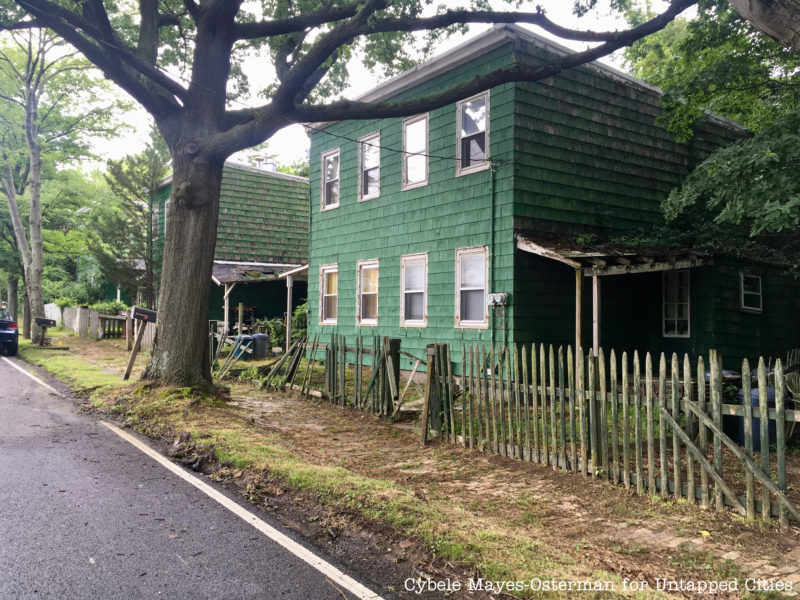
For those passing through, the Kreischerville wooden houses provide a unique peek into the Staten Island neighborhood’s company town past. The white picket fences outside are chipped and broken, but the houses are still surprisingly intact. In the yards, now scattered with spare car parts and bicycle wheels, are several red sheds, once the outhouses used by Kreischer’s workers. And don’t forget to look down—the old “Kreischer” logo is still visible imprinted on the sidewalk’s bricks.
Next, check out the 11 oldest buildings on Staten Island and 10 abandoned places to discover on Staten Island.






